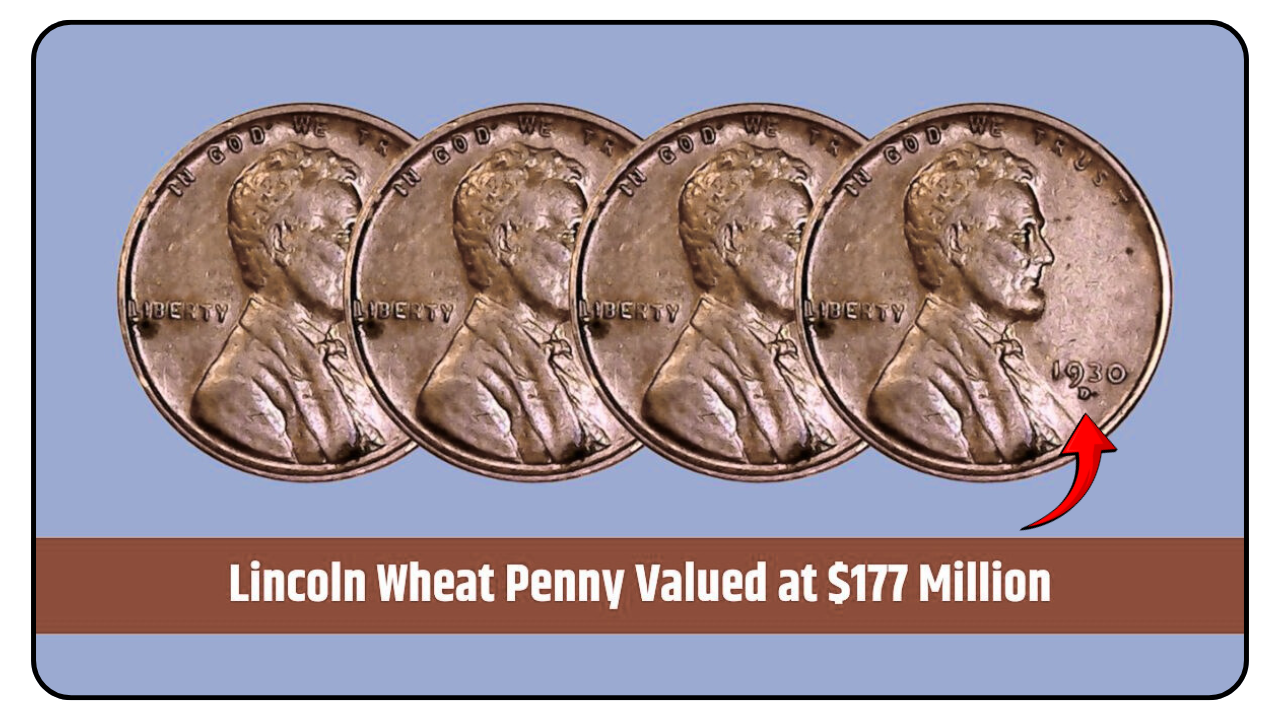Wheat Penny Value by Year : Wheat pennies, those small copper coins with two wheat stalks on the back, are more than just pocket change. Minted from 1909 to 1958, these Lincoln cents are a favorite among coin collectors across the United States. Some of these pennies, especially rare ones or those with minting errors, can be worth hundreds or even thousands of dollars. Whether you’re digging through a jar of old coins or starting a collection, knowing which years and features to look for can turn a simple penny into a treasure. Let’s explore why wheat pennies are special and which ones could make you rich.
A Quick History of Wheat Pennies
In 1909, the U.S. Mint introduced the wheat penny to honor Abraham Lincoln’s 100th birthday. Designed by Victor David Brenner, it was the first U.S. coin to feature a real person instead of a symbolic figure like Lady Liberty. The front shows Lincoln’s portrait, while the back has two wheat stalks framing the words “One Cent.” These coins were mostly copper, except in 1943 when they were made of steel to save copper for World War II. Some rare mistakes from that year, like bronze pennies, are now worth a fortune. Wheat pennies were made in Philadelphia (no mint mark), Denver (“D”), and San Francisco (“S”), and the mint mark can affect their value.
Why Some Wheat Pennies Are Worth Big Money
The value of a wheat penny depends on its year, condition, and rarity. Most are worth just a few cents, but certain years and errors can fetch huge sums. For example, coins in mint condition—those with sharp details and no wear—are worth more than worn-out ones. Rare years, low mintage numbers, or mistakes like double-stamped designs make some pennies stand out. Collectors also love coins from specific mints, like San Francisco, which often produced fewer coins. To know a penny’s true value, it’s smart to have it graded by a professional service like PCGS or NGC.
Key Years and Their Values
Some wheat pennies are famous for their high value due to low production or errors. Here’s a look at a few standout years:
| Year | Mint Mark | Estimated Value (Mint Condition) | Why It’s Valuable |
|---|---|---|---|
| 1909-S VDB | S | $2,200 – $168,000 | Low mintage (484,000), designer’s initials on back |
| 1914-D | D | $280 – $5,500 | Scarce Denver issue, only 1.2 million made |
| 1931-S | S | $40 – $100+ | Low mintage (866,000) |
| 1943 Bronze | Any | $60,000 – $840,000 | Rare error, copper instead of steel |
| 1944 Steel | Any | $10,000 – $110,000 | Rare error, steel instead of copper |
| 1958 Double Die | None | Up to $336,000 | Dramatic doubling error visible without magnification |
These coins, especially in great condition, are highly sought after. For instance, the 1909-S VDB is a collector’s dream because only 484,000 were made before the designer’s initials were removed due to public complaints. The 1943 bronze and 1944 steel pennies are rare because they were minted by mistake during wartime metal changes.
How to Spot a Valuable Penny
Finding a valuable wheat penny takes a keen eye. Start by checking the year and mint mark, a small letter under the date. Look for errors like doubled letters or numbers, which can make a coin worth thousands. For example, the 1955 Double Die penny has noticeable doubling in “LIBERTY” and the date, making it a prize for collectors. Also, check the coin’s condition—crisp details and a shiny surface mean higher value. Be careful, though, as some coins are faked. If you think you have a rare one, get it checked by a trusted coin dealer or grading service to confirm it’s real.
Where to Find and Sell Wheat Pennies
You might already have wheat pennies in an old jar, coin collection, or even pocket change, as some still show up in circulation. Check flea markets, estate sales, or bank rolls of pennies for hidden gems. If you want to sell, local coin shops, online platforms like eBay, or coin shows are good options. However, experts warn against overhyped claims about pennies being worth millions—most are worth just a few cents unless they’re rare or in top condition. Always consult a professional before selling to get a fair price.
Wheat pennies are a fun way to connect with American history and maybe strike it rich. Whether you’re a new collector or just curious, start by checking the year, mint mark, and condition of your pennies. With a little luck and knowledge, you could find a coin worth thousands. So, grab a magnifying glass, dig through that change, and see if you’re holding a small piece of history that’s worth a fortune!
